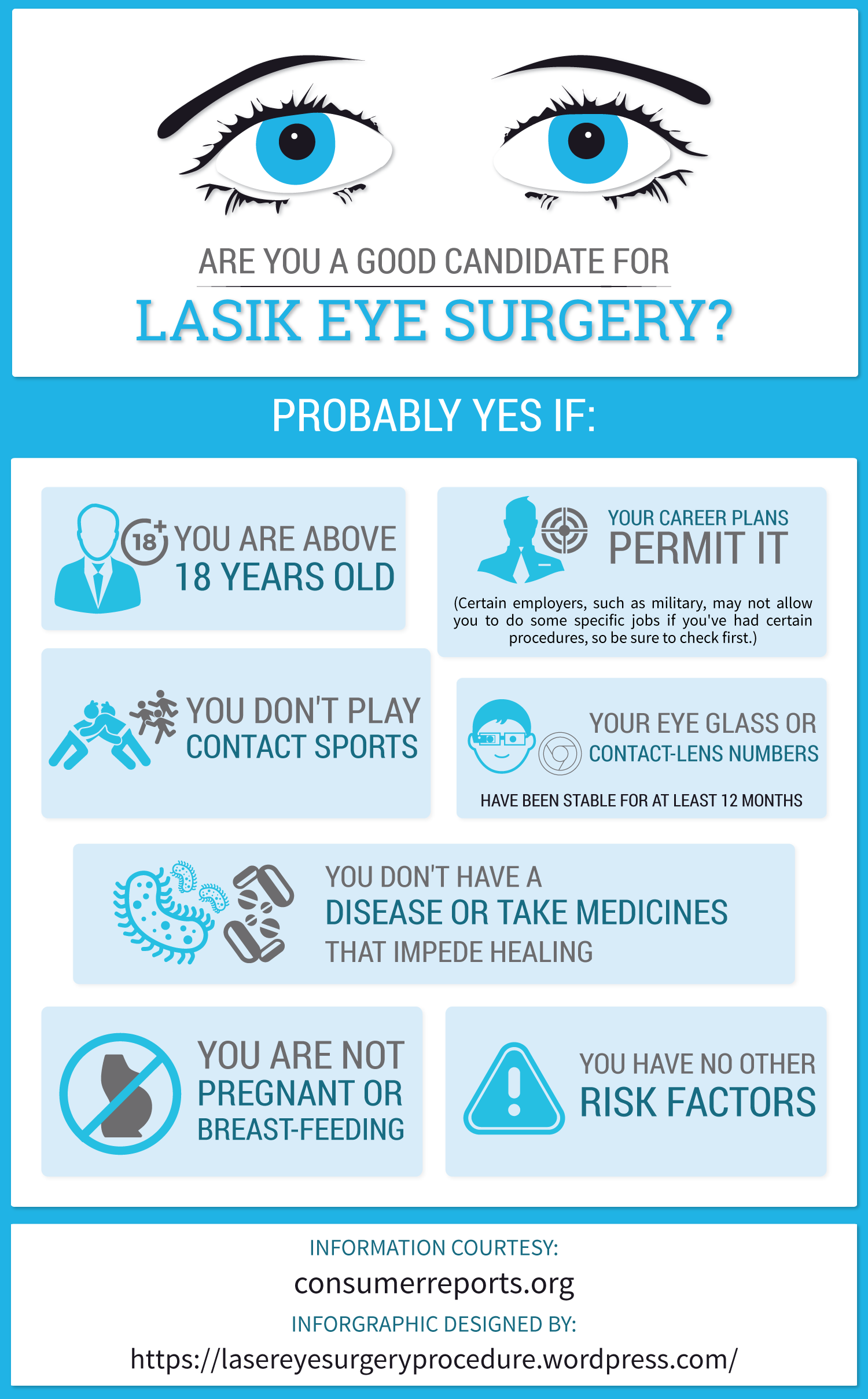The Development Of Modern Cataract Surgical Treatment Techniques: A Thorough Evaluation
The Development Of Modern Cataract Surgical Treatment Techniques: A Thorough Evaluation
Blog Article
Content Written By-Brask Olson
As you discover the advancement of sophisticated cataract surgical procedure methods, you'll witness a trip marked by resourcefulness and accuracy. From ancient techniques that paved the way for modern advancements to cutting-edge technologies that are transforming the area, the extensive review of cataract surgical procedure methods is a testimony to human progress and devotion to enhancing patient results. The complex interplay in between historic methods and futuristic advancements develops an interesting story that clarifies the development of among the most typical surgical procedures worldwide.
Historic Techniques and Innovations
Discover how very early doctors revolutionized cataract treatment by employing innovative methods and tools. In the past, cataract surgical procedure was a dangerous and unpleasant treatment. However, old Indian doctors were among the first to attempt medical treatments for cataracts, making use of a technique called 'couching' where a sharp instrument was used to press the cataract back right into the eye. This technique, though crude by today's standards, laid the groundwork for future advancements in cataract surgical treatment.
As time proceeded, Arab medical professionals made substantial contributions by developing specialized needles for cataract extraction. These needles were made use of to penetrate the cataract and afterwards remove it from the eye, noting a considerable improvement in medical accuracy.
Later on, in Custom LASIK Reviews , the French specialist Jacques Daviel originated the strategy of extracapsular cataract extraction, where the whole lens was gotten rid of intact through a larger laceration. This marked a major innovation in cataract surgery strategies, paving the way for the modern-day treatments we use today.
Modern Surgical Approaches
Early techniques in cataract surgical treatment have actually evolved significantly, bring about the advancement of contemporary medical approaches that prioritize accuracy and boosted patient outcomes. Modern cataract surgical treatment now usually includes a procedure called phacoemulsification, where an ultrasonic tool separate the cataract for removal through a small incision. This technique allows for quicker healing and lowers the risk of difficulties contrasted to older methods.
Furthermore, the use of advanced intraocular lenses (IOLs) has actually revolutionized cataract surgery outcomes. These lenses can fix not just the cataract however likewise other refractive errors like astigmatism, reducing the need for glasses post-surgery.
Surgeons today also have access to innovative imaging innovations that aid in specific preoperative preparation and intraoperative decision-making. Optical coherence tomography (OCT) and other imaging modalities supply comprehensive pictures of the eye's frameworks, allowing for an extra customized approach to each individual's surgical treatment. With these improvements, modern cataract surgery techniques continue to improve, using clients safer procedures and far better aesthetic outcomes.
Arising Technologies in Cataract Surgical Procedure
With advancements in modern technology revolutionizing the area, cataract surgical procedure is observing the combination of ingenious methods for improved person outcomes. Emerging modern technologies in cataract surgery are reshaping the landscape of ocular treatments. One such development is femtosecond laser technology, which permits exact corneal lacerations, capsulotomies, and lens fragmentation, resulting in enhanced medical precision and outcomes.
Additionally, intraoperative aberrometry is gaining popularity, enabling real-time dimensions of refractive mistakes during surgical procedure to improve intraocular lens power estimations and reduce postoperative refractive surprises.
Moreover, the use of innovative imaging modern technologies like optical comprehensibility tomography (OCT) and intraoperative wavefront aberrometry help surgeons in precise medical preparation and execution. These tools offer in-depth anatomical info and help customize medical approaches for each patient's special eye qualities.
Moreover, advancements in artificial intelligence are being explored to assist in preoperative preparation, intraoperative decision-making, and postoperative care, potentially enhancing surgical results and individual contentment. Embracing these emerging technologies in cataract surgery holds promise for additional enhancing person outcomes and ensuring the continued evolution of sensory surgical strategies.
Conclusion
As you trip through the background of cataract surgery, you witness the improvement from ancient methods to cutting-edge innovations. Like hop over to this site climbing from the ashes, cataract surgical treatment has evolved right into a beacon of hope and innovation.
Just as a caterpillar emerges from its cocoon as a stunning butterfly, cataract surgery has blossomed into a refined art form, offering patients clearer vision and a brighter future.
The development continues, shining a light on endless opportunities.
